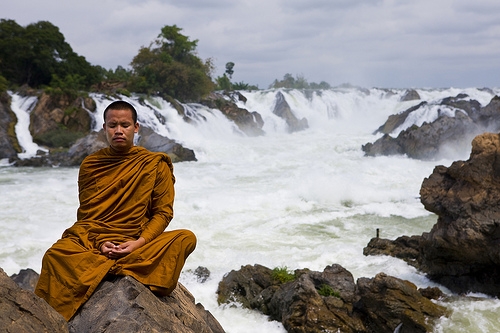
Home to the beautiful Khone Papeng Falls (largest in southeast Asia), ornate temples, while being the “World’s Most Bombed Country” from the Vietnam War, the Lao People’s Democratic Republic has endured a long history of hardships. Like most countries in Southeast Asia, Laos has been a target for colonialism from France, as well as Japan. […]
view the post

I enter Laos (pronounced Lao) at one of the less frequented border crossings from Thailand and arrive at the town of Pakse. With just one strip of hotels and restaurants, Pakse usually serves as a launching pad to other destinations in southern Laos. I immediately decide to take a bus to the 4000 islands. In […]
view the post